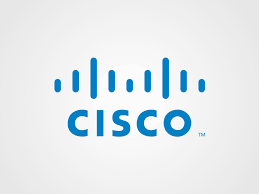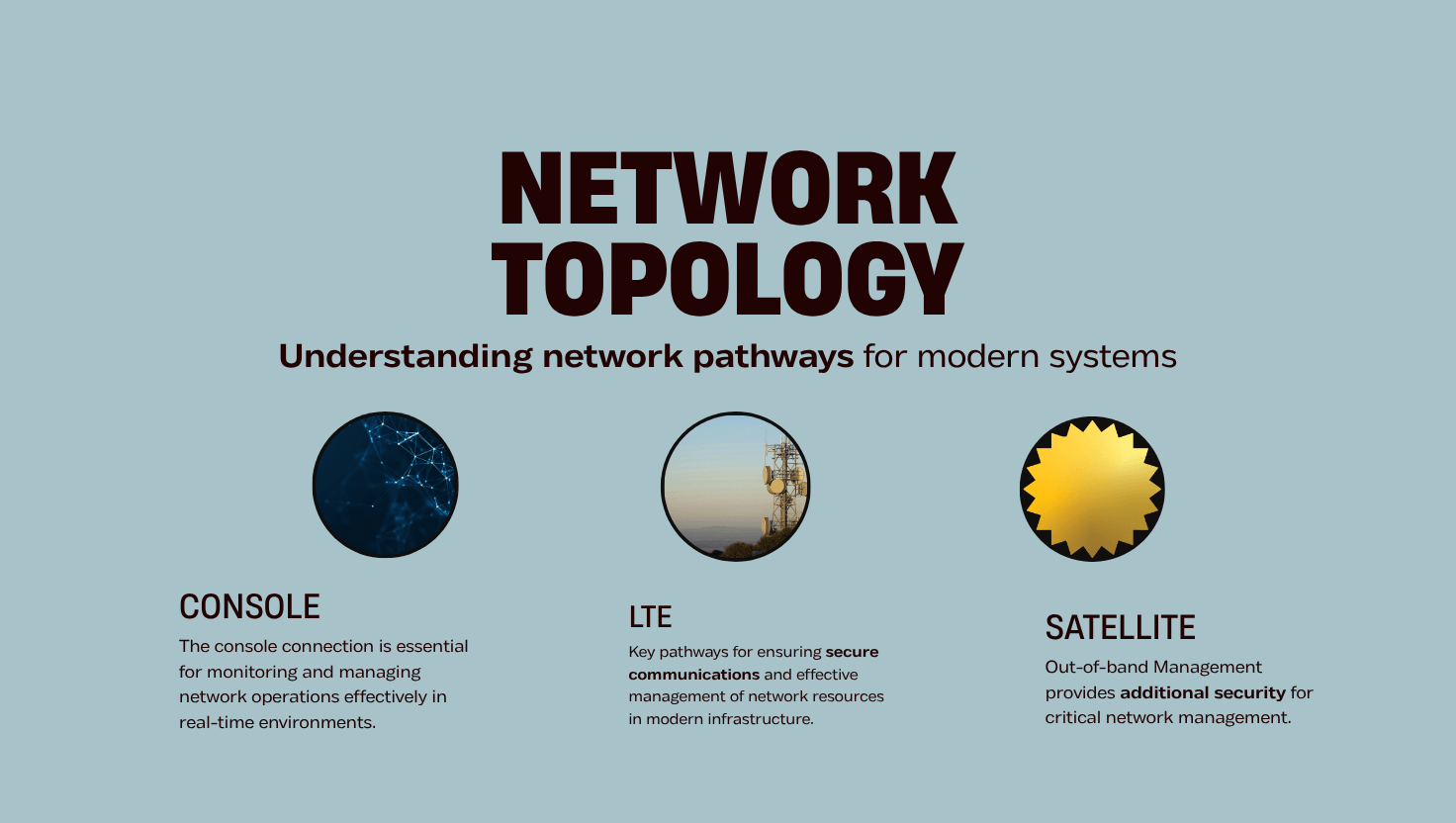Seamlessly Manage Cisco Systems via Out of Band Management with CDI
articles
Adam Cady

Imagine standing on a high-tech control bridge, orchestrating a vast network with the precision of a maestro conducting a symphony. Every note, every device, harmoniously in sync under your watchful eye. But what if an unexpected glitch threatens to throw your entire performance off key? Enter the world of Out of Band Management—a backstage pass to your Cisco devices, ensuring uninterrupted access and control even when the main stage is compromised. In today’s fast-paced digital landscape, maintaining operational excellence hinges on your ability to manage network devices beyond the standard pathways, and that's where mastering Cisco with Out of Band Management best practices becomes crucial. Navigating the complexities of modern network management can feel like a daunting task. Yet, with the right tools and strategies, what once seemed like an insurmountable challenge transformed into a streamlined process. This guide peels back the layers of Out of Band Management, offering you insights into how it fortifies your network’s backbone, safeguards data integrity, and minimizes downtime. Whether you’re troubleshooting from afar during an unexpected outage or performing routine maintenance, leveraging this powerful approach ensures your Cisco devices remain resilient and responsive, regardless of the circumstances. Embark on this journey with us and discover how to wield Out of Band Management with finesse, ensuring your network remains both agile and secure.
The Significance of CDI in Cisco Equipment Management
CDI plays a crucial role in the management of Cisco equipment. With the ever-increasing complexity of network infrastructures, it is essential to have a robust system in place to effectively manage and monitor Cisco devices. CDI provides a comprehensive solution that allows for seamless management of these devices through Out of Band Management. Using CDI for managing Cisco via Out of Band Management offers several advantages. Firstly, it ensures uninterrupted access to network equipment even when the primary data-plane access is compromised. This is particularly important during unexpected outages or when performing routine maintenance tasks that may require temporary disconnecting from the main network. Additionally, CDI enables remote device configuration, allowing administrators to make changes and updates to Cisco devices without being physically present at the location. This not only saves time and resources but also enhances operational efficiency by eliminating the need for on-site visits.
Leveraging CDI for Remote Device Configuration
Remote device configuration is a critical aspect of managing Cisco equipment efficiently. With CDI, administrators can remotely access and configure Cisco devices through Out of Band Management channels. This capability proves invaluable in scenarios where physical access to the devices is limited or restricted due to various reasons such as geographical distance or security concerns. By leveraging CDI's remote device configuration features, administrators can make necessary changes and updates without having to be physically present at the device's location. Furthermore, remote device configuration significantly reduces downtime associated with manual intervention or on-site visits. Administrators can quickly respond to issues and implement necessary changes remotely, ensuring minimal disruption to network operations.
Ensuring Redundancy and Resilience with Out of Band Management
Redundancy and resilience are vital components of any network infrastructure. Out of Band Management from CDI, provides the necessary redundancy and resilience to ensure uninterrupted access and control over Cisco devices. In the event of a primary network failure or compromise, Out of Band Management acts as a failover mechanism, allowing administrators to maintain connectivity and manage devices through alternative channels. This redundancy ensures that critical network operations can continue without interruption, minimizing downtime and its associated costs. CDI's robust Out of Band Management solution enhances the overall resilience of the network by providing multiple avenues for device management. Administrators can rely on secondary access methods to troubleshoot issues, perform maintenance tasks, or implement configuration changes when primary data-plane access is unavailable.
Implementing Out of Band Management Best Practices for Cisco Devices
To maximize the benefits of CDI for managing Cisco via Out of Band Management, it is essential to follow best practices in implementing this approach. Firstly, establishing secure connections is paramount. Utilizing encrypted protocols such as SSH or SSL/TLS ensures that sensitive data remains protected during remote device configuration or troubleshooting sessions. Secondly, maintaining proper documentation and inventory management helps streamline device management processes. Keeping track of device configurations, firmware versions, and other relevant information enables administrators to identify potential issues and ensure consistency across the network quickly. Thirdly, and the most importantly. CDI offers end-to-end Encrypted access for Out of Band Management on top of any network security tools. The special sauce provided by CDI is dedicated encryption for all OOB sessions, including uplink, downlink, and all transport. Regular monitoring and proactive maintenance are also crucial aspects of effective Out of Band Management. Administrators should regularly check device health status, monitor performance metrics, and promptly address any anomalies or alerts to prevent potential disruptions.
Understanding Out-of-Band Management in Network Operations
In network operations, Out of Band Management refers to the practice of managing devices through alternative channels that are separate from the primary data-plane access. CDI offers a comprehensive Out of Band Management solution that allows administrators to remotely access and control Cisco devices. This approach provides a layer of redundancy and resilience, ensuring uninterrupted device management even in the face of primary network failures or compromises. Out of Band Management also enables remote device configuration, eliminating the need for physical presence at the device's location. By understanding and implementing Out of Band Management in network operations, organizations can enhance their overall network reliability, minimize downtime, and improve operational efficiency.
Benefits of Utilizing CDI for Cisco Equipment Management
The utilization of CDI for managing Cisco equipment brings numerous benefits to organizations. Firstly, it enhances operational efficiency by enabling remote device configuration. Administrators can make necessary changes and updates to Cisco devices without the need for physical access or on-site visits. This saves time and resources while ensuring quick response times to issues or configuration requirements. Secondly, utilizing CDI's Out of Band Management solution improves network resilience by providing redundant channels for device management. In the event of primary network failures or compromises, administrators can rely on alternative access methods to maintain connectivity and control over Cisco devices. Furthermore, CDI's comprehensive solution ensures secure connections through encrypted protocols such as SSH or SSL/TLS. This protects sensitive data during remote device configuration sessions and helps maintain data integrity across the network.
Exploring the Concept of Out of Band Management
The concept of Out of Band Management revolves around managing network devices through alternative channels that are separate from the primary data-plane access. CDI’s Out of Band Management solution offers organizations a robust framework to effectively manage Cisco devices. By leveraging this approach, administrators can ensure uninterrupted access and control over their network infrastructure even when facing unexpected outages or performing routine maintenance tasks. Out of Band Management provides a failover mechanism that enhances network resilience and minimizes downtime. It enables remote device configuration, reducing the need for physical presence at the device's location and streamlining operational processes.
Best Practices for Efficiently Managing Cisco Devices Using CDI
To efficiently manage Cisco devices using CDI, it is essential to follow best practices in Out of Band Management. Firstly, organizations should establish secure connections by utilizing encrypted protocols such as SSH or SSL/TLS. This ensures that sensitive data remains protected during remote device configuration or troubleshooting sessions. Secondly, maintaining proper documentation and inventory management helps streamline device management processes. Keeping track of device configurations, firmware versions, and other relevant information enables administrators to identify potential issues and ensure consistency across the network quickly. Regular monitoring and proactive maintenance are also crucial aspects of efficient Cisco device management. Administrators should regularly check device health status, monitor performance metrics, and promptly address any anomalies or alerts to prevent potential disruptions. By adhering to these best practices, organizations can maximize the benefits of CDI's Out of Band Management solution and effectively manage their Cisco devices with ease.
Related Tags
Cisco equipment managementNetwork device managementRemote device configurationOut-of-band management (OOB)System administrationNetwork infrastructureCDI solutionsCommunication Devices Inc (CDI)Cisco network managementCisco devicesData protectionSecure connectionsNetwork resilienceRemote accessNetwork management best practicesShare this article
Related Content
United States Office
- 85 Fulton Street Boonton, NJ 07005
- +1 973-334-1980
- +1 973-334-0545
- info@commdevices.com
© 2023 Communication Devices, Inc.







